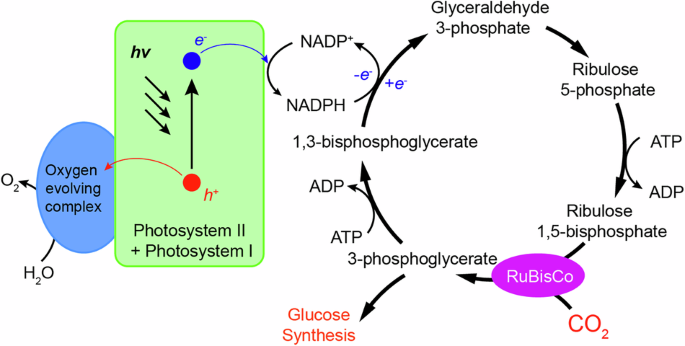Harnessing Solar Energy for Clean Fuel Generation: The Promise of Artificial Photosynthesis
Key Ideas
- Artificial photosynthesis through PEC systems offers a promising solution for clean fuel generation by directly converting solar energy into chemical energy through electrochemical reactions.
- Despite challenges like scalability and economic feasibility, PEC systems have shown potential for generating hydrogen and other essential chemical compounds with high efficiency and stability.
- Research is ongoing to enhance the stability and catalytic activity of photoelectrode materials in PEC systems to enable their broader industrial application for large-scale clean fuel production.
- PEC systems hold the promise of contributing significantly to achieving carbon neutrality by 2050 through the development of sustainable energy structures and reduction of greenhouse gas emissions.
The article discusses the potential of artificial photosynthesis through photoelectrochemical (PEC) systems in harnessing solar energy for clean fuel generation. By mimicking the process of natural photosynthesis, PEC systems convert solar energy into electrical energy, which is then stored in the form of chemical energy through electrochemical reactions. One of the key applications of PEC systems is the production of hydrogen and oxygen through interfacial electrochemical reactions driven by solar energy. While PEC systems have shown lower solar-to-hydrogen efficiency compared to other systems, such as PV-EC and EC systems, they offer advantages like reduced energy loss, inherent production separation, and cost-effectiveness. The article highlights the challenges faced by PEC systems, including scalability and economic feasibility issues due to electrode degradation and system integration problems. Ongoing research aims to enhance the stability and catalytic activity of photoelectrode materials to enable the widespread industrial application of PEC systems for clean fuel production. Ultimately, the development of PEC systems holds the promise of contributing significantly to achieving carbon neutrality by 2050 by reducing greenhouse gas emissions and establishing sustainable energy structures.
Topics
Production
Renewable Energy
Energy Efficiency
Greenhouse Gas Emissions
Solar Energy
Environmental Benefits
Artificial Photosynthesis
Solar-to-Hydrogen Efficiency
Chemical Energy Conversion
Latest News
